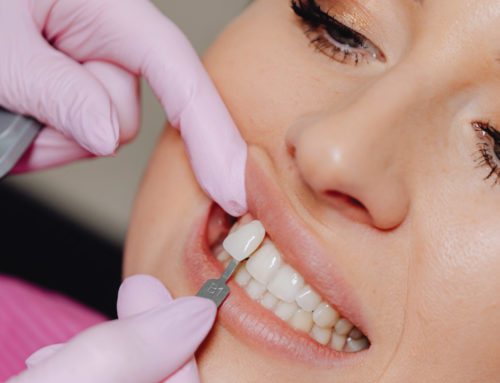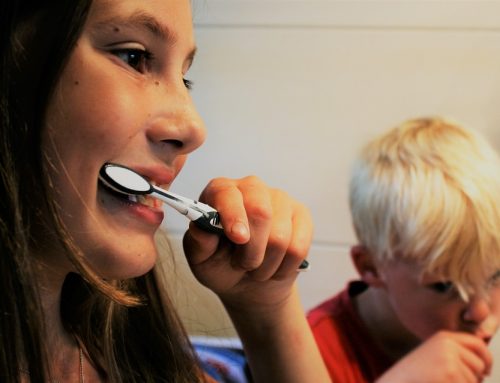Are dental x-rays safe?
This is probably the number one question people want answered about dental x-rays. The simple answer is yes. The amount of radiation exposure from digital dental x-rays can be compared to how much radiation one gets from background/natural radiation in everyday life (sun, soil, rocks, buildings, air and water).
Why are they necessary?
Different types of x-rays are used to diagnose and treat different conditions.
- Bitewings: usually a series of 4 smaller x-rays. These are usually taken once a year, they allow the dentist to see decay (cavities) that could be present in between the teeth that are not visible to the naked eye.
- Periapical: small individual x-ray that shows the entire tooth (crown to root tip). These are used to see the roots and diagnose any issues that could be involving them, usually infection.
- Panoramic: large single x-ray that shows all the teeth and the jaw bone. This kind of x-ray is used a lot in orthodontics, and in evaluating missing teeth, extra teeth and wisdom teeth.
- Cone Beam CT: large single x-ray that shows a 3D image of the desired area. These CT scans do produce a little more radiation than the x-rays. They are mostly used to find difficult root canals and measure bone width and depth for dental implant placement.
How often are they needed?
For an adult in good oral health a normal series of bitewing x-rays are recommended once a year. If you have a history of dental decay your dentist might recommend x-rays at every 6 month follow up. Children can oftentimes need a series of bite-wings more often than once a year due to the fact that their dentition is constantly changing and their teeth are more likely to be affected by tooth decay.



